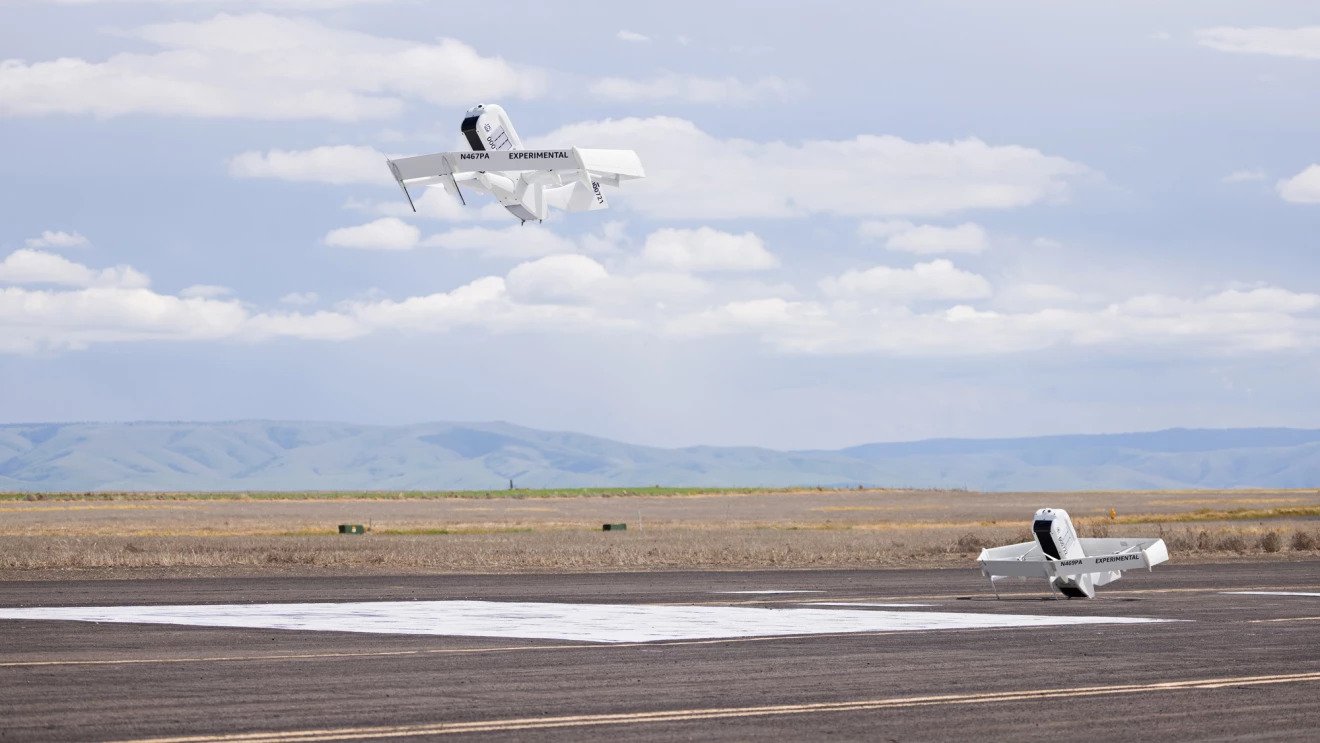
As it prepares to bring free Prime Air drone deliveries to customers in California and Texas, Amazon is offering an inside look at how its drone delivery system works. A new video released by the company shows rigorous flight tests being conducted at one of its facilities in Oregon.
Amazon’s plan is to build fully electric drones that can deliver packages under five pounds to customers in less than 60 minutes. To make this possible, the company is dedicating its energies to three areas: aircraft body, sense-and-avoid technology, and aviation rules.
Amazon says it wants to build a drone that is as safe and reliable as the company’s time-tested ground transportation methods.
In this scheme of things, a sense-and-avoid system, aka the brain of this aircraft, will play a major role in ensuring that the delivery drone is able to detect and stay away from obstacles both in the air and on the ground. This system would also allow the drone to make on-the-spot decisions, autonomously and safely, if it encounters an unexpected situation.
Amazon further explains that it is creating an automated drone-management system to plan the flight paths and ensure there are safe distances between its drone and other aircraft, while complying with all aviation regulations.
For a change, Amazon also acknowledges that its drone delivery system has been in the making for a while now. But that in the last two years, massive progress has been made.
Here’s Amazon:
Our team has logged thousands of flight hours and put our drones through rigorous testing and evaluation. We safely test the limits of our drones in [a] controlled area in accordance with regulatory requirements to make sure the vehicle we use for delivery is a safe one.
Nearly a decade of building, testing, and iterating has taught us valuable lessons. In fact, just through the last two years of testing, we have made over 188 updates to our system that have improved aspects like noise and equipment ergonomics. It’s why we now have some of the world’s most sophisticated hardware, software, and autonomy capability when it comes to drone delivery.
Watch how Amazon is preparing for safe drone delivery
Read: Automated winch for drones can deliver any box up to 22 pounds
FTC: We use income earning auto affiliate links. More.





Comments